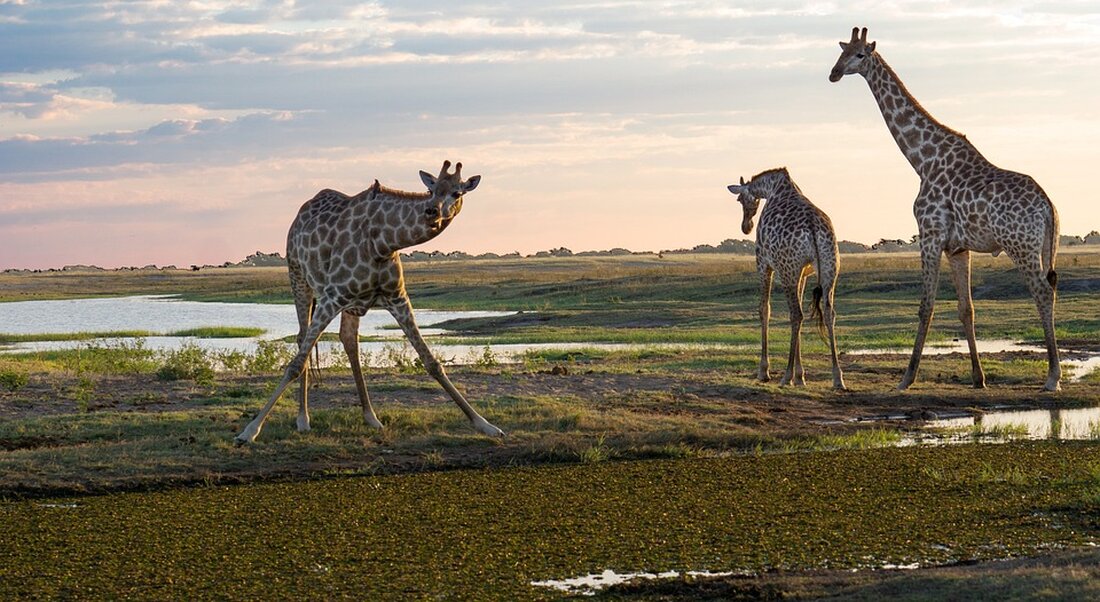Trophy hunters killed lion research lion in Zimbabwe, outrage born
Trophy hunters killed lion research lion in Zimbabwe, outrage born
In Zimbabwe, a lion that was part of a research project was killed by a trophy hunter. This triggered outrage worldwide and is reminiscent of the notorious case of the Löwen Cecil, whose death caused international indignation in this country a decade ago.
Details of the incident
The last lion, known as the Blondie, was part of a study by the University of Oxford and was a clearly visible research collar that was sponsored by the Safari company Africa Geographic. According to Africa Geographic, Blondie was in June near the renowned killed after he was lured into a nearby hunting zone with bait from a protected area.
reactions to the killing
The killing of Blondie mobilized the opponents of hunting. A spokesman for Zimbabwe's national parks told the Associated Press that the hunt was legal and that the hunter had the necessary permits. In Zimbabwe, up to 100 lions are released annually for hunting, whereby trophy hunters, mostly from abroad, often pay tens of thousands of dollars to kill a lion and take its head or fur as a trophy.
ethics of the trophy hunt
The managing director of Africa Geographic, Simon Espley, criticized that Blondie's killing was a "mockery on ethics" that trophy hunters claimed. This is because he wore a clearly recognizable research collar and was a reproductive male lion. Trophy hunters, on the other hand, argue that they only hunt old, non -reproductive lions.
conflict stove hunting
The discussion about lion hunt is heavily polarized, even among conservationists. Some are of the opinion that well -regulated hunting spends funds that can be reinvested in nature conservation, while others are demanding a complete ban on hunting wild animals.
legal guidelines
Some African countries like Kenya have commercial hunting bans, while countries such as Zimbabwe and South Africa allow this practice. Botswana lifted a hunting ban six years ago. Tinashe Farawo, the spokesman for the parks of Zimbabwe, emphasized that the revenue from hunting was crucial for the under -financed nature conservation measures in the country. He defended the hunt and pointed out that it often takes place at night, which may not be visible.
comparison to Cecil
The case of Cecil, which was killed in 2015, caused massive outrage against Walter Palmer, a dentist from Minnesota and trophy hunter, who attracted the lion from the same national park and shot with an arch. The authorities in Zimbabwe had checked injuries to the hunting leaves, but no delivery of Palmer’s sought, while a hunting guide who was helped him was arrested, but the indictment was dropped.
economic aspect of hunting
According to the National Parking Authority of Zimbabwe, the country generates about $ 20 million a year from trophy hunt, with a single hunter issued an average of $ 100,000 per hunting - including accommodation, vehicle rent and local guides. Zimbabwe houses around 1,500 wild lions, of which around a third lives in the extensive Hwange National Park. All over Africa, the wild lion population is estimated at around 20,000, but their numbers decrease due to loss of habitat and conflicts with people. Löwen, one of the most iconic animals in Africa, are currently classified by the International Union for nature conservation.


Kommentare (0)